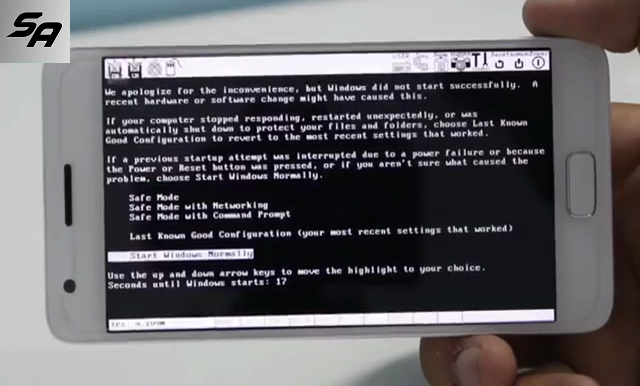

- #Bochs bsod installing windows 10 how to
- #Bochs bsod installing windows 10 for mac os
- #Bochs bsod installing windows 10 archive
- #Bochs bsod installing windows 10 Pc
- #Bochs bsod installing windows 10 professional
#Bochs bsod installing windows 10 Pc
Hope this Not sure about Bochs' case, but actually I have noticed a speed increase with the same emulators under OS 9 than a system like OS X, with Virtual PC 6 (and 7). This build of Bochs 2.1.1 has been slower than Virtual PC for me, maybe because Bochs might be more accurate, but it's also possible the optimization build flag was not used, which we could if we rebuild it.
#Bochs bsod installing windows 10 professional
The documentation details all the keywords and such you can use in the configuration file.įor the record, I already booted into Windows XP Professional SP3 32-bit and the included GNU/Linux system successfully. So you have to create the flat HD image file some other way. But if Bochs itself is configured to interpret whatever HD image you throw at it as either sparse or growing, it crashes OS 9, but flat is no problem. If I select flat, which is the default, the program fails to create the image, for whatever reason. Thing is, there are 3 HD image options: flat, sparse and growing. It tells you exactly what to do to create an image the way you want, up to around 32 GB. To create HD images, there's an accompanying app called "bximage".

As in, "Get Info", then go to "Memory" and type it in. When you increase RAM in the config file, you also need to, accordingly, increase the amount of memory to be allocated for Bochs itself.
#Bochs bsod installing windows 10 archive
The SIT archive comes with all of that, for your convenience.) (Incidentally, that sample file is set to boot a tiny, little GNU/Linux system for you. But what does exist is a sample file, "bochsrc.dlx", which you can copy and rename, then play with. By default, it looks for "bochsrc.txt", which doesn't exist in the SIT archive they provide. Bochs does use a configuration file for things like specifying the path to your HD image, CD image, which device you want to boot from, how much RAM you want for your VM and so on. This is a lot like Mini vMac, in that you toggle on/off a lot of things during compile time, rather than generate one huge binary containing all the options.
#Bochs bsod installing windows 10 how to
There's great potential in learning how to compile this. There are also some "optimization flags" and other such things that might allow us to make Bochs even faster under OS 9. I'm not sure if I will attempt this myself, but I wanted to let you all know of this, because some of you might want to get involved and do it.Īs a "bonus", if anyone of us figures out how to compile Bochs 2.1.1, from the way the documentation words things, we might additionally be able to compile subsequent 2.x versions, as well. It seems very, very doable, and the documentation is not messy nor too complicated to understand. It also mentions the flags we need to use to enable SSE2 and so on.
#Bochs bsod installing windows 10 for mac os
Now, fortunately, the documentation that comes with Bochs 2.1.1 provides the directions and instructions to compile it for Mac OS 9. There is a log file that Bochs writes to, "bochsout.txt", and on my side it clearly states that MMX is activated, but SSE2, 圆4 and so on are not. Except that it seems that, rather than having options within the emulator to toggle on/off things like MMX (like Virtual PC), SSE, SSE2 etc., we have to compile Bochs 2.1.1 and tell the compiler we want those (and other) features. In fact, it even has, theoretically, support for x86_64! Madness!Īnyway, so I tried setting it up last night. Until let us know that Bochs 2.1.1 is available for Mac OS 9, and that that version does claim to have support for such SIMD emulation (more specifically: MMX, 3DNow!, SSE, SSE2 and apparently even something from SSE3 according to the docs). So, as we were discussing here, we tried booting Intel OS X directly under Virtual PC, only to realize it most likely cannot be (directly) done with existing virtualization solutions available to the original Mac OS, due to no SSE/SSE2 and maybe even SSE3 support, if nothing else.


 0 kommentar(er)
0 kommentar(er)
